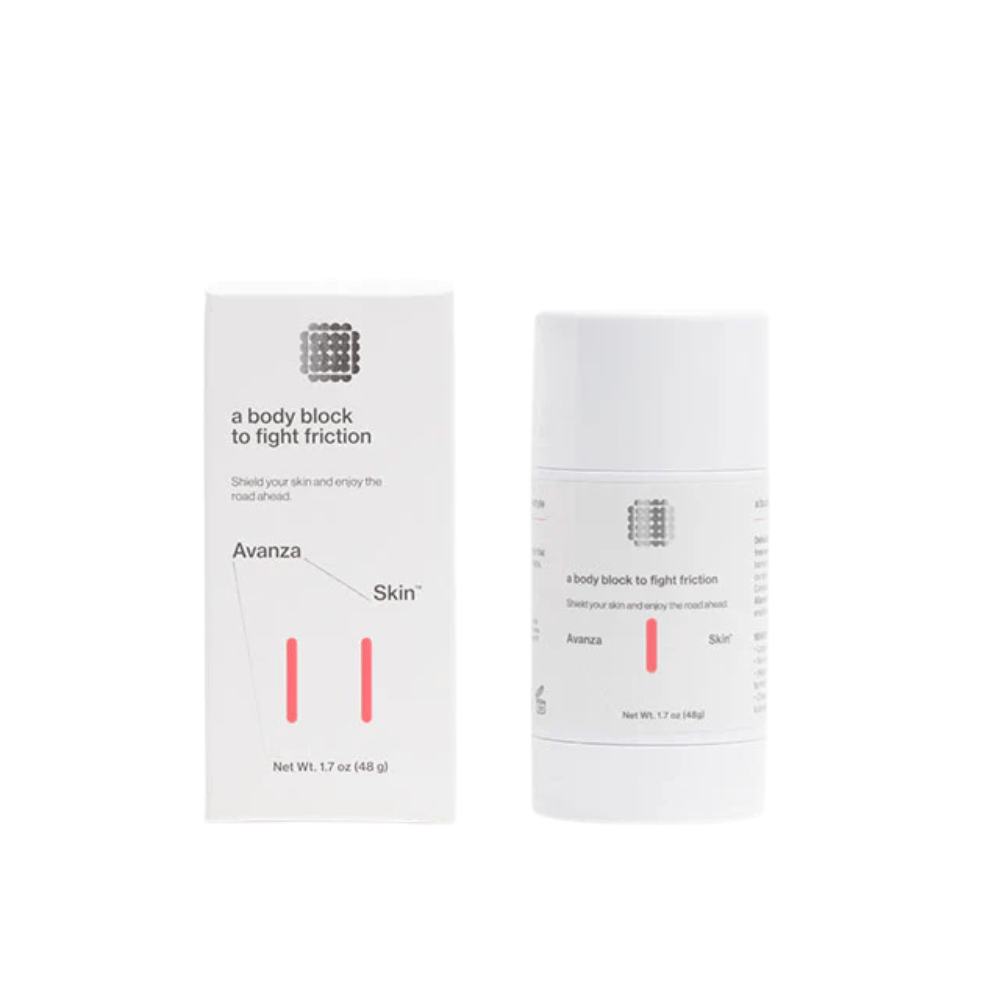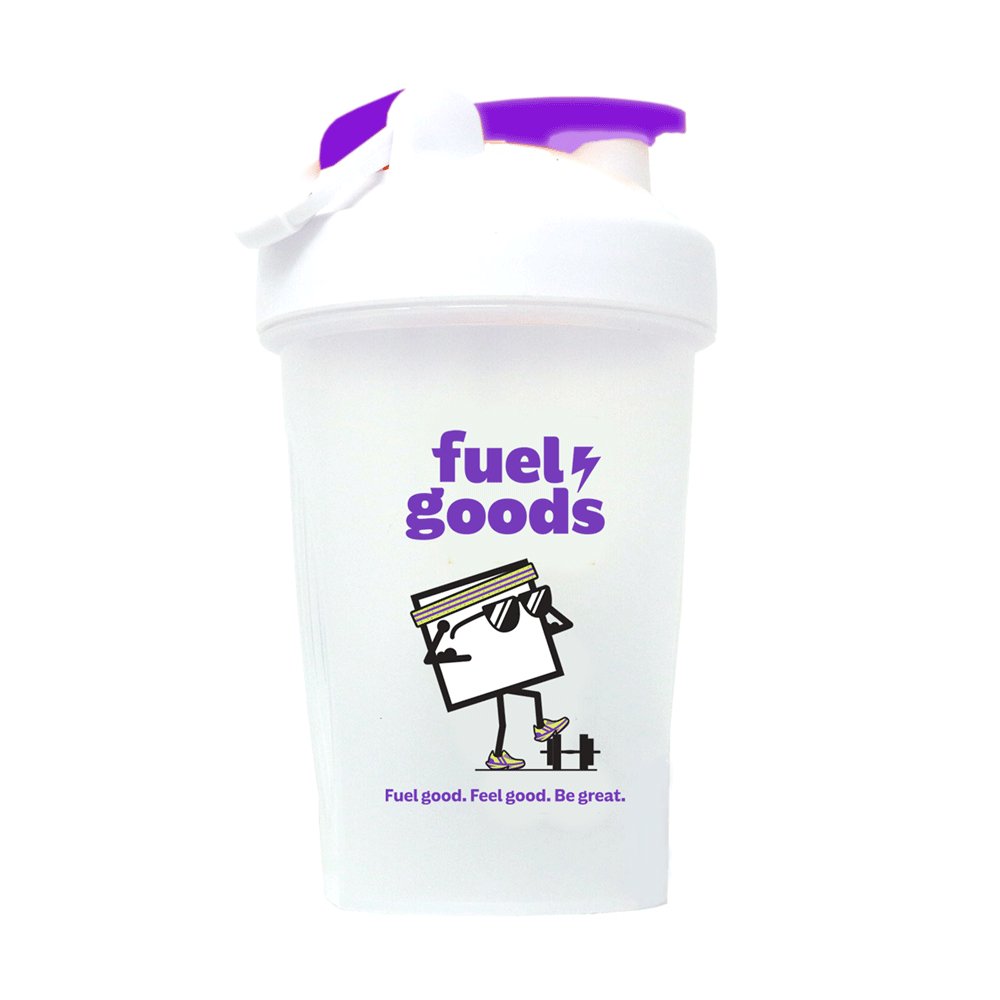Unilateral Strength
When we run or ride we only use one leg at a time so when we strength train why would we use two? Bilateral training is important in strength development, even for endurance athletes but yes, training with one leg at a time is more specific to running or riding and provides a host of benefits. The benefits include; improved functional strength, reducing muscular imbalances, strengthening stabilizer muscles that improve balance and it works the core as well! It’s also perfect for your home gym where heavy weights aren’t an option, since using one leg instead of two will increase the intensity for the same weight.
The following exercises are a good progression once you’ve mastered the exercises from previous posts.
What You'll Need?
- A sturdy table or stool, ideally one that puts your thigh parallel to the ground when one foot is on top.
- A chair or ottoman
- A 10-20lb object, a kettlebell or dumbbell
The Workout:
Start with the some banded glute activation, which will help with balance by firing up your abductors and will ensure glute recruitment in each exercise.
IMPORTANT: Because of the high reps, you do not need a weight that is too heavy, the idea is technique and reps with some weight to activate the targeted muscle. Find something that makes the movement relatively easy for first 5 reps, but keep targeted area activated, and challenging towards the 12/20th rep.
For each exercise complete the following:
- 3 sets
- 12-20 reps
- 60-120” rest between sets
- Perform all movements slowly and in control until your targeted muscle is activated, then increase reps.
- Try to focus on using the three points of contact on your feet at all time. (https://www.fixflatfeet.com/foot-tripod/)
Bulgarian Squat (12-20 reps each leg):
Start with a weight in front of your chest, but standing about 2 feet in front of a chair or ottoman with your feet hip width apart. Place the top of one foot on the surface of the chair or ottoman. Take a slight forward lean to weight the foot on the ground (make sure to keep the knee behind toes). Descend down and slightly back so the knee doesn’t travel too far in front of the foot on the ground and then press back up to standing. If having the top of your foot on the object hurts your foot or ankle, you can also place your toes on the object.
Step Ups with Calf Raise (12-20 reps each leg):
Start with some sort of weight between your palms, in front of your chest. Place one foot on top of a stool, step or table, with the other foot on the ground in line with your hip. Press through the foot on the stool or table and press up until that leg is fully extended (but don’t lock out). Once extended, lift your heel off the surface to add a calf strength component to the movement and then slowly reverse back down. As a note, do not press off the ground; use only the elevated leg to execute the movement.
Single Leg RDL (12-20 reps each leg):
Start with feet hip width apart, holding your weight in one or with both hands. Take a slight bend in the knees and bring one leg back and the torso forward, keeping them in line with one another. Pivot forward until you begin to feel a slight stretch in the hamstring of the standing leg and then pivot back to the standing position. Keep a neutral spine and forward-facing hips. Finally, don’t crane your neck to look forward as you move through the range of motion.
Other Things to Keep in Mind:
Each movement should be done slowly to maintain control and increase time under load. If these movements are new to you, we highly recommend beginning with body-weight ONLY and then progressing to weight SLOWLY. Do not continue if any discomfort or uncertainty with movements.
Alright Runner and RiderBox Fam: Stay Inside. Stay Motivated. Stay Moving.
**This article is not a prescription for injury rehabilitation, if you have an injury seek the attention of a physical therapist. Perform these exercises at your own risk.































